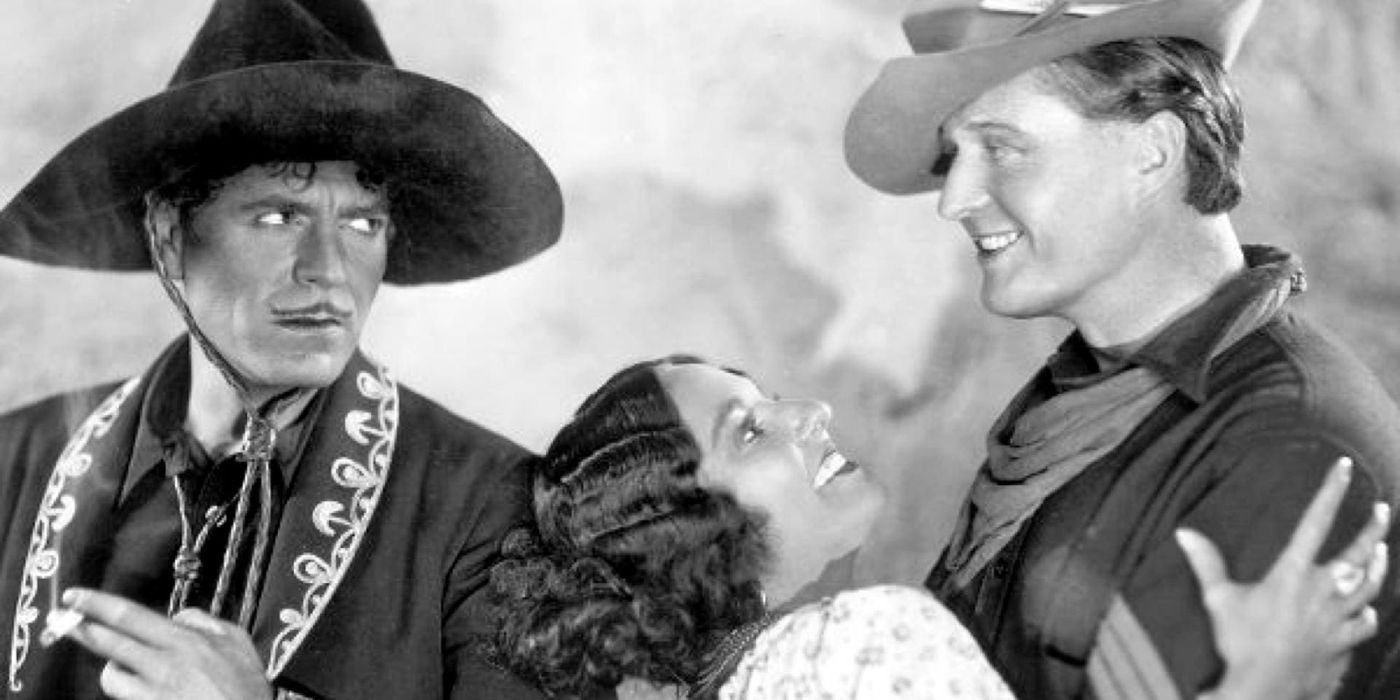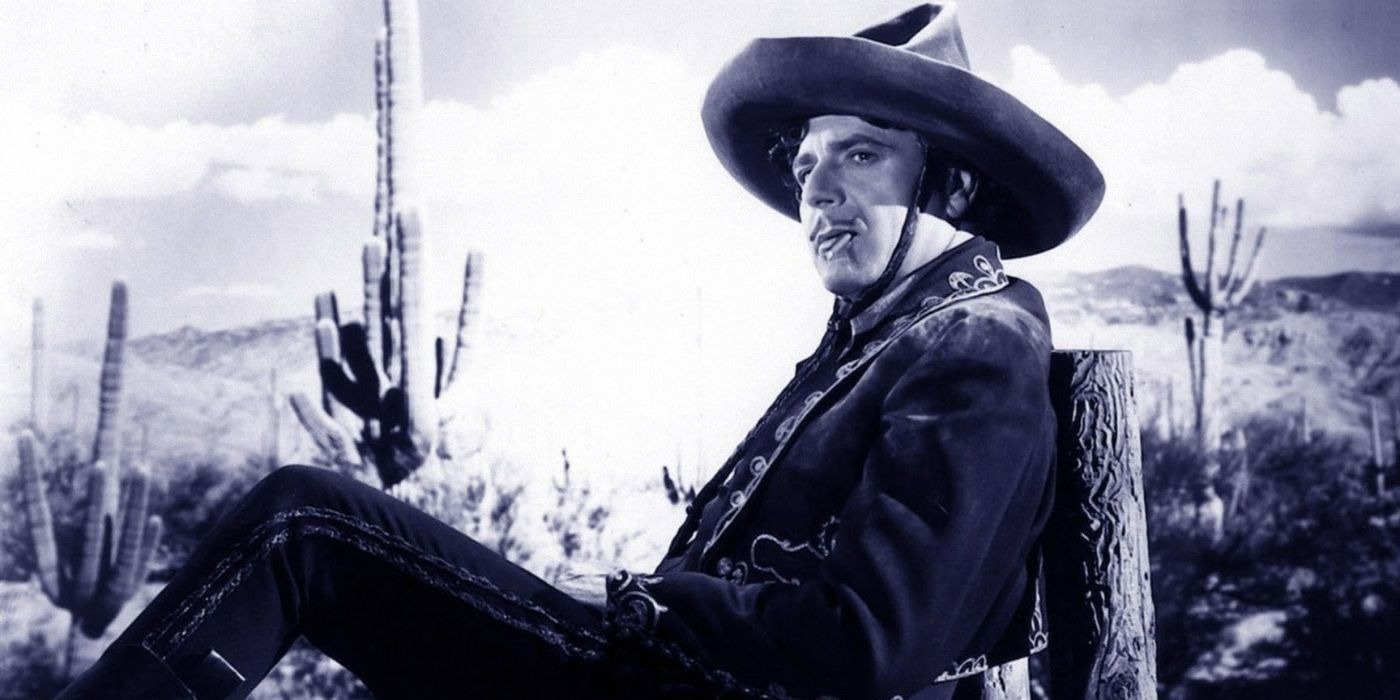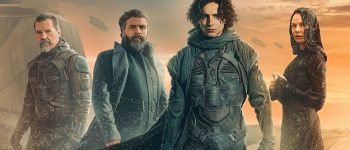In the golden era of Hollywood, where Western films typically showcased heroic sheriffs and rugged cowboys, “In Old Arizona” (1928) dared to break the mold. This Pre-Code Western, a hidden gem of its time, featured a surprisingly dark ending that still distinguishes it from its genre counterparts today.
- Steven Spielberg’s Funniest Movie Moment Wasn’t Even Planned
- ‘The Nun II’ End-Credits Scene Explained: Who Ya Gonna Call?
- Disney Shouldn’t Have Shelved Guillermo del Toro’s Star Wars Movie
- George Lucas Secretly Replaced Darth Vader in Star Wars
- ‘Guardians of the Galaxy Vol. 3’ End-Credits Scene Explained: What’s Next for the Team?
A Gritty Tale in the Wild West
“In Old Arizona” revolves around the intriguing cat-and-mouse game between the charismatic Cisco Kid, portrayed by Warner Baxter, and the relentless lawman, Sergeant Mickey Dunn, played by Edmund Lowe. The Kid, despite being a notorious thief, possesses a moral compass that sets him apart from typical outlaws of the era. He steals not from the common folk but directly from the banks, and when innocent bystanders suffer, he makes amends.
see more : ‘The Raid’ Isn’t the Only Bloody Netflix Action Movie You Need to See
Sergeant Dunn enters the picture, determined to capture the elusive Kid. However, their rivalry takes an unexpected turn when Dunn becomes enamored with Tonia Maria, a woman entangled in a love triangle with the two men. As Dunn and Tonia plot to trap the Kid, the stage is set for a dramatic and ultimately tragic showdown.
A Bleak and Unprecedented Ending
The climax of “In Old Arizona” takes a dark and unexpected twist. The Kid intercepts a letter between Tonia and Dunn, altering its contents to deceive the sergeant. Instead of the intended plan to surprise the Kid outside Tonia’s house, Dunn ends up unwittingly killing Tonia, believing her to be the Kid in disguise. This shocking turn of events leaves audiences with a chilling one-liner from the Kid: “Her flirtin’ days are over, and she’s ready to settle down.” The Cisco Kid escapes into the night, marking a departure from the traditional Western ending where justice prevails under the setting sun.
Subverting Western Tropes
“In Old Arizona” challenges the traditional Western narrative in several ways. While the lone cowboy is typically portrayed as a town hero, here, it’s the criminal who takes center stage. The film cleverly flips the roles, portraying Sergeant Dunn as the villain and the Cisco Kid as a morally ambiguous anti-hero. In the pre-Code era, such moral complexities were allowed to flourish on screen, making “In Old Arizona” a trailblazer in storytelling.
Historical Significance and Legacy
see more : Jake Gyllenhaal Led a War Movie That Didn’t Let Violence Undercut Its Message
Aside from its dark ending, “In Old Arizona” boasts historical significance within the Western genre. It was not only the first Western talkie but also the first to be filmed outdoors. Its stunning locations, including Bryce Canyon, Zion National Park, and the Mojave Desert, added authenticity to the film.
The movie received five Academy Award nominations and earned Warner Baxter the coveted “Best Actor in a Leading Role” award in 1930. Decades later, the film found a place in the Academy Film Archive, recognizing its enduring importance.
The success of “In Old Arizona” inspired sequels and popularized the character of the Cisco Kid in various media. The character, originally created by O. Henry, saw several actors take on the role in subsequent films and even a successful television adaptation.
“In Old Arizona” remains a cinematic treasure, known for its groundbreaking approach to the Western genre and a dark ending that continues to captivate audiences today. It reminds us that in the world of cinema, even the most iconic genres can be redefined by innovative storytelling.
Source: https://dominioncinemas.net
Category: MOVIE FEATURES











